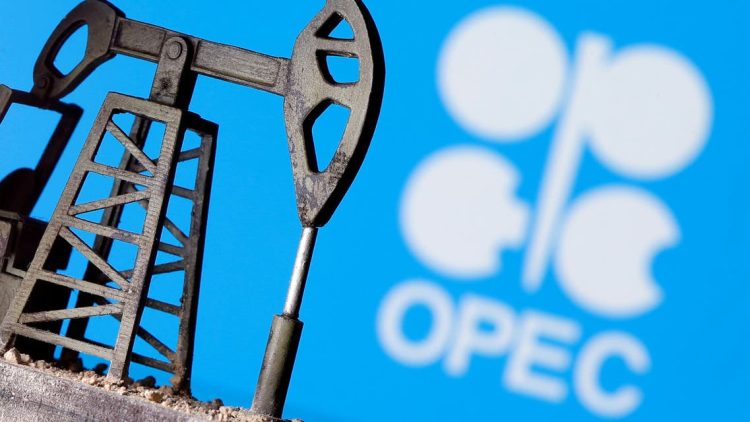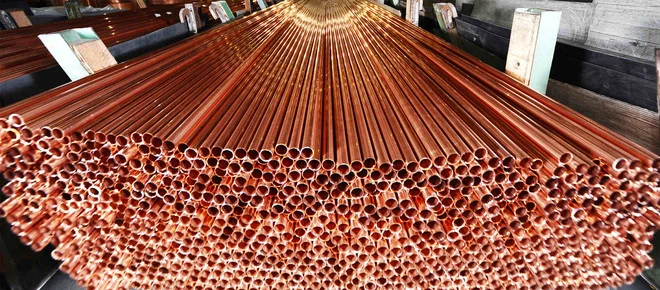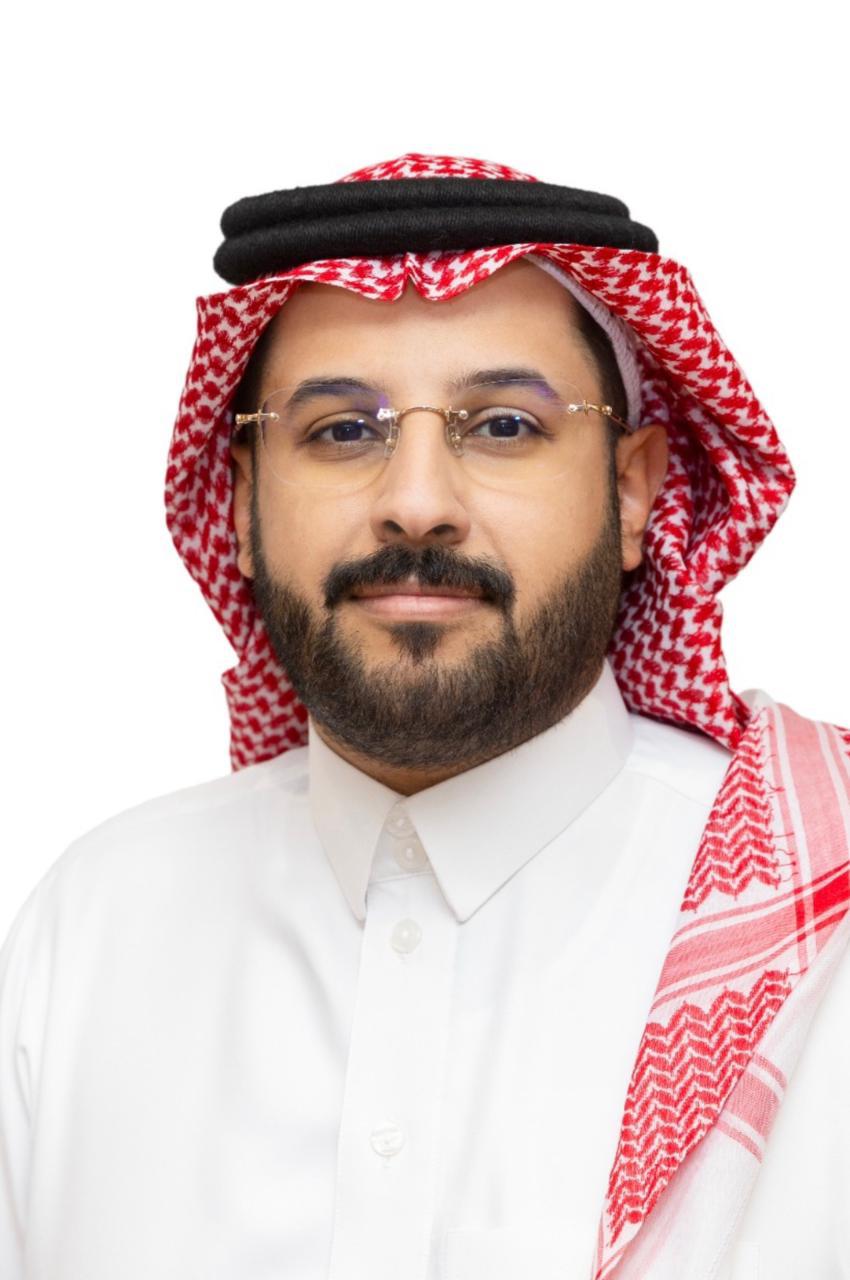Publisher: Maaal International Media Company
License: 465734
Officially .. “OPEC +” keeps oil production policy unchanged
The “OPEC+” group decided to stick to its oil production targets at its meeting today, Sunday, while oil markets are struggling to assess the impact of the Chinese economic slowdown on demand and the repercussions of the G7’s decision to put a price ceiling on Russian oil on supply.
At the end of Sunday’s meeting, the “OPEC Plus” coalition reaffirmed its previous decisions, including adjusting the frequency of the monthly meetings of the Joint Ministerial Committee to monitor production, to be every two months, while giving the committee the authority to hold additional meetings, or to request the holding of the ministerial meeting of countries’ members at any time, to deal with any developments in the market, whenever necessary.
The statement stated that the importance of full compliance with the agreement and the compensation mechanism, and benefiting from the extension period approved at the thirty-third ministerial meeting of OPEC Plus, was reiterated.
اقرأ المزيد
The thirty-fifth ministerial meeting of the member states of “OPEC Plus” will be held on Dhu al-Qi’dah 15 1444 AH, corresponding to June 4, 2023 AD, and the forty-seventh meeting of the Oversight Committee on Rajab 10 1444 AH corresponding to February 1, 2023 AD.
The decision comes two days after the Group of Seven agreed on a price ceiling for Russian oil
OPEC+ includes the Organization of the Petroleum Exporting Countries (OPEC) and allies including Russia. In October, the coalition approved a production cut of two million barrels per day, or about 2%, of global demand, from November to the end of 2023.
OPEC + attributed its decision at the time to cut production to the weak economic outlook. Oil prices have fallen since October due to slowing growth in China and globally and raising interest rates
The Group of Seven countries and Australia agreed on Friday to impose a cap on the price of a barrel of Russian crude oil transported by sea at $ 60 a barrel, in a move aimed at limiting Moscow’s revenues while maintaining the flow of Russian oil to global markets.
Moscow said that it would not sell its oil under this ceiling and that it was studying the situation to respond
There were other expectations that the ministers of the “OPEC Plus” alliance might approve larger cuts in oil production during their meeting scheduled for today, in order to limit the effects of tightening sanctions against Russia on the markets, including the European Union’s decision to impose a price ceiling.
And the meeting of the “OPEC +” alliance came at a sensitive circumstance, with the possible imposition of large additional sanctions on Russian oil, which weakens demand for crude in China and exacerbates fears of a recession.
Energy market participants remain concerned about European Union sanctions on purchases of Russia’s crude exports, while capping Russian oil prices for the G7 is another source of uncertainty in the markets.
The 27-nation European Union agreed last June to ban the purchase of seaborne Russian crude starting from December 5, 2022, as part of concerted efforts to reduce financial revenues to the Kremlin in the wake of Moscow’s invasion of Ukraine.
However, the concern that imposing a complete ban on Russian crude imports may lead to a rise in oil prices, which prompted the Group of Seven major industrialized countries to consider setting a ceiling on the amount that they will pay for Russian oil.
Governments of the European Union agreed to a maximum price of Russian oil transported by sea at $ 60 a barrel.









